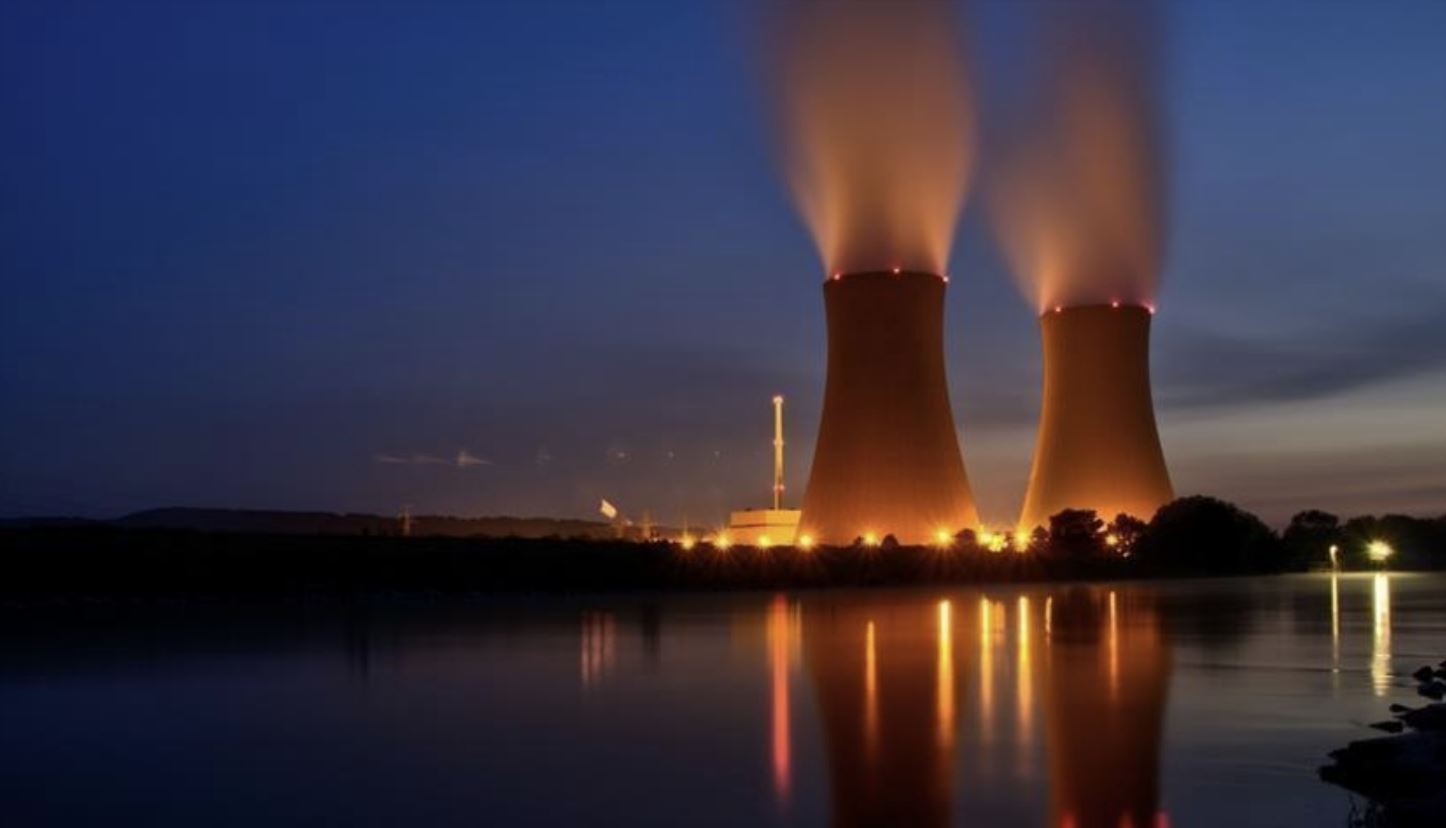The British government announced an ambitious new energy plan. Including the construction of eight new nuclear reactors of the latest generation: “We want to triple the amount of energy produced by nuclear power by 2050,” Prime Minister Boris Johnson declared.
The UK is therefore expected to reach 24 gigawatts of capacity by the end of 2050, a step the government explains that is fundamental to making the country energy independent, notably by reducing the dependence on Russian gas and other foreign partners.
The plan also foresees the strengthening of innovables, in particular wind energy, and the development of several innovative projects in the field of hydrogen.
We outline a bold plan to increase and accelerate the adoption of new technologies – cheap, clean and safe – to produce power directly in the UK for the UK, using nuclear and offshore wind turbines. We are preparing for the coming decades, this will reduce our dependence on energy sources that are subject to the volatility of the international market, over which we have no control
he said Boris Johnson the presentation of the new plan.
The one announced by the UK is an ambitious response to the current energy crisis, which saw the cost of household bills rise by an average of 54% in March.
Nuclear power at the heart of UK strategy
“Thanks to this energy plan, the UK will return to lead the world,” added the British Prime Minister, emphasizing the goal of “correcting the mistakes of the past”, i.e. “too many decades of nuclear divestment”.
A new body will be set up to oversee the plan, the Great British Nuclear The new body will be tasked with bringing nuclear power generation to 25% of the UK’s energy needs. Translated? 24 GW from nuclear sources by 2050.
Most – if not all – of the eight new reactors will be built on existing sites. The cabinet hopes to receive annual approval for a new reactor until 2030. All eight reactors should be operational by 2050.
The role of renewable energy for the future of the UK
At the same time, the UK wants to complete approval procedures for the construction of new offshore wind farms – ie wind farms built offshore. The goal is to ensure that by 2030 at least 50% of renewable energy produced in the UK will come from wind.
As in Italy, wind turbines are also a controversial topic in the UK and there has been heavy protest in the past – mainly due to their alleged impact on the landscape and constant noise. Partly for this reason, the UK plans to identify areas interested in hosting the new wind farms, behind the promise of a reduction in the cost of bills for locals.
Source: Lega Nerd










